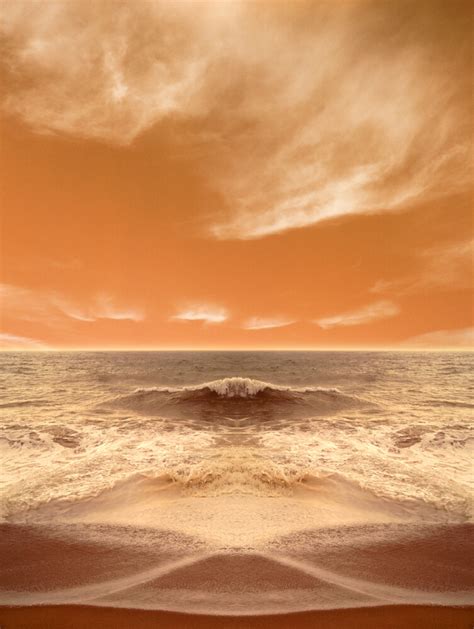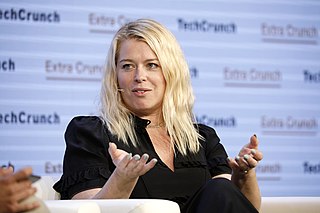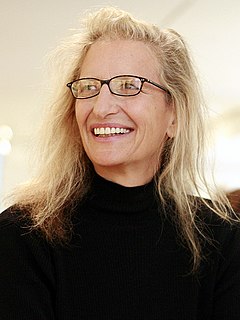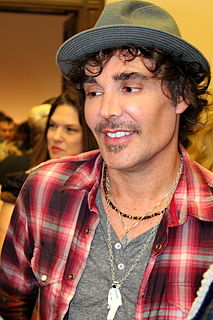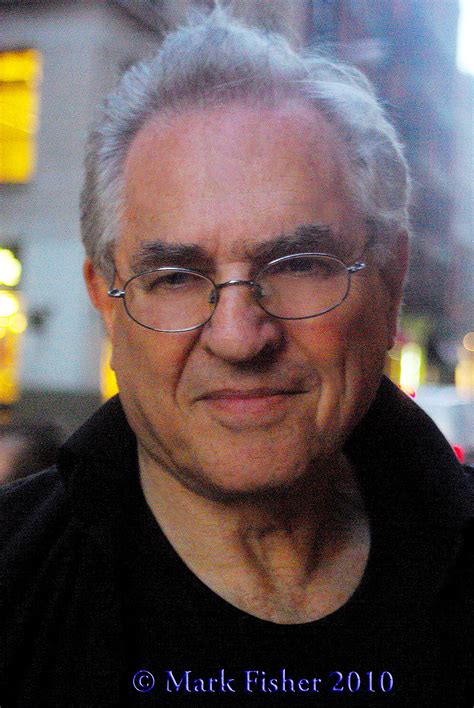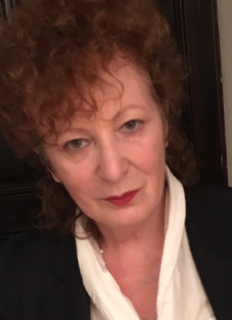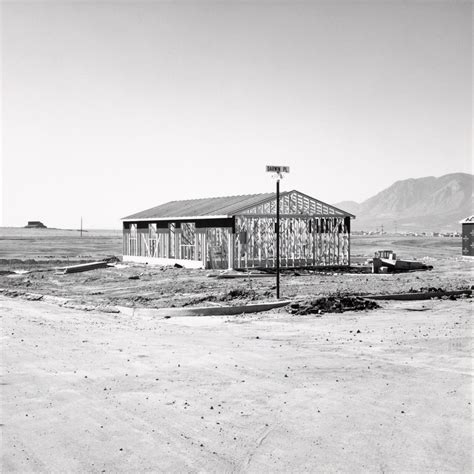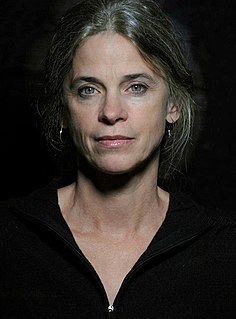Top 51 Quotes & Sayings by John Paul Caponigro
Explore popular quotes and sayings by a photographer John Paul Caponigro.
Last updated on December 21, 2024.
To be sure, not all moments are equally fleeting. Some moments last longer than others. And certain events do reoccur more than once and even recur repeatedly. Sometimes you do get more than one chance. Sometimes you don't. It helps to know how long a window of opportunity you have and if you'll get another chance.
The act of creation, making anything, is an alteration. We cannot eliminate the medium or ourselves from the process, and both are limited. We create decisive moments by devoting our time and attention to specific things. This is the greatest gift we can give anyone or anything - pieces of our life.
Photography is much more about elimination than inclusion. The images we make with a lens typically eliminate ninety percent of our field of view and everything that is out of our field of view. The shutter slices time, eliminating all moments before and after it opens and closes. Three dimensions are reduced to two. And in some cases color is removed. How can we call these kinds of artifacts unaltered?
Mysterious spaces cause us to turn inward. Amid a rich upwelling of association, we encounter many aspects of ourselves. As we grow still, we come in contact with a unified, empty, yet full ground of our being. As our consciousness grows more spacious, we find connections between us and the wider world, a shared greater reality.
Surfaces reveal so much. The marks painters make reveal so much about their work and themselves; their sense of proportion, line, and rhythm is more telling than their signature. Looking at the surfaces of nature may offer equivalent revelations. What do these shapes and patterns reveal about the world and their creator? Surfaces hide so much.
Visual artists choreograph dances for the eyes, guiding visual journeys in specific ways. But when presented with little or nothing, the journeys of the eyes become erratic and finally still their restless searching. The eye and mind and heart grow quiet, come to rest, and begin to understand their own functioning more deeply.
The computer is a tool akin to a telescope or a microscope; a tool that opens vast frontiers of possibilities and brings them to light; a tool that captures the elemental and animates or holds it still at will; a tool that captures the organic flow of the earth's crust or the wash of a wave, and creates an impossible symmetry, an elemental Rorshach pattern ripe for continued exploration, divulging a thousand revelations.
Many oriental cultures make a distinction between two ways of looking - 'hard eyes' and 'soft eyes'. When we look with hard eyes, we see specific details with sharp focus, but we don't see the relationships between different details as well. When we look with soft eyes we see the relationships between everything in our field of vision, but with this softer focus, we don't see all the details as clearly. It's possible to look in two ways at once.
